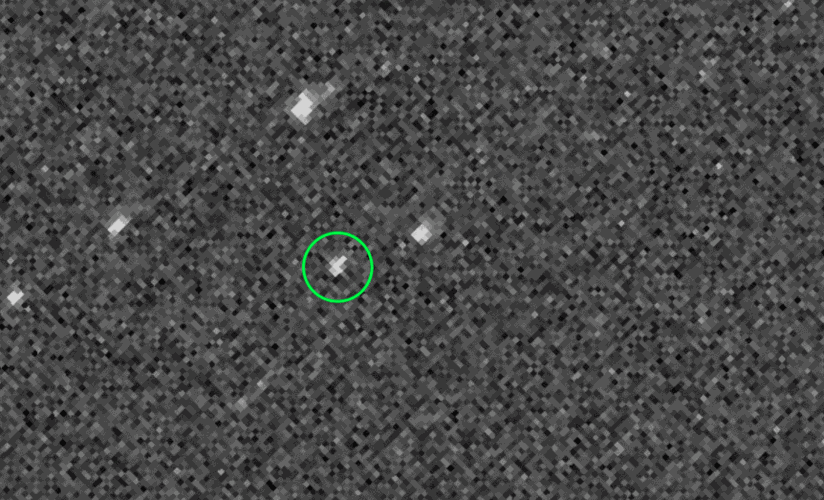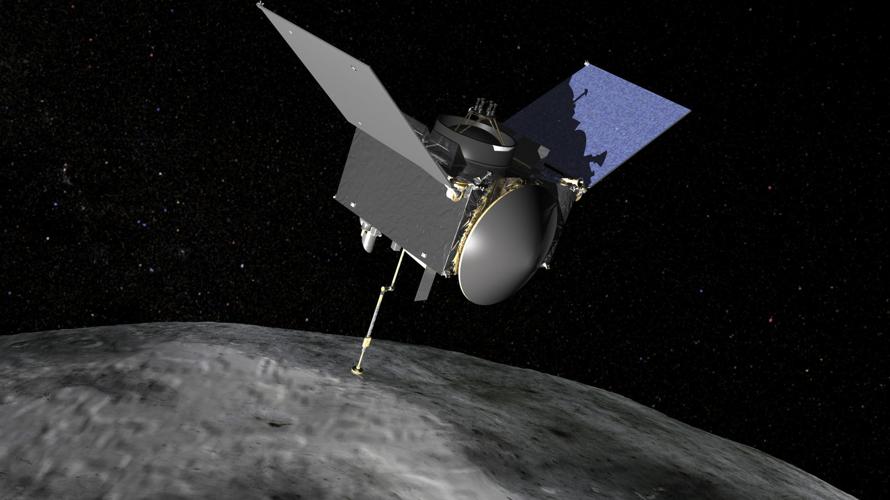Nearly two years after launch, the University of Arizona-led OSIRIS-REx mission caught its first glimpse of the asteroid Bennu on Aug. 17, from 1.4 million miles away.
The asteroid appeared as a speck of light to the spacecraft's UA-built PolyCam camera, but Bennu will seem to grow larger as OSIRIS-REx begins the approach phase of the mission.
The spacecraft has traveled more than a billion miles since leaving earth. It is expected to arrive at the target asteroid on Dec. 3 where it will survey the surface, collect a sample and return it to Earth.
By November, Bennu will appear large enough to begin detailed observations of its surface. Craters and boulders will begin to be visible. "You could say that's when our asteroid will transition from being an astronomical object to an actual geological object," Carl Hergenrother, a Lunar and Planetary Laboratory staff scientist, told the university. He was one of the scientists who proposed Bennu as a mission target.
Last September, the spacecraft used Earth's gravity to slingshot itself into alignment with Bennu's orbit. It is now traveling 32,000 mph relative to Earth as it encroaches on its target.
The mission will attempt to retrieve a sample from Bennu around July 2020 and return it to Earth in 2023.
After traveling for nearly 2 years, last week I caught my first glimpse of the new world I’m destined to explore: asteroid Bennu, blinking across the sky 1.4 million miles in the distance.
— NASA's OSIRIS-REx (@OSIRISREx) August 24, 2018
The secrets of the early Solar System are calling, and I must go… https://t.co/bTpwJfHSh6 pic.twitter.com/eXaU8lPgJm





